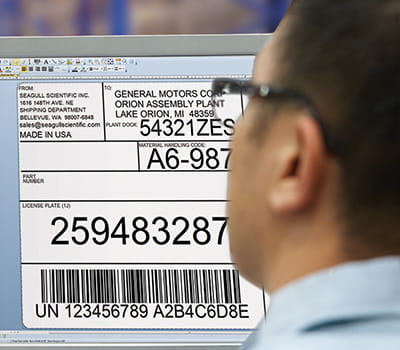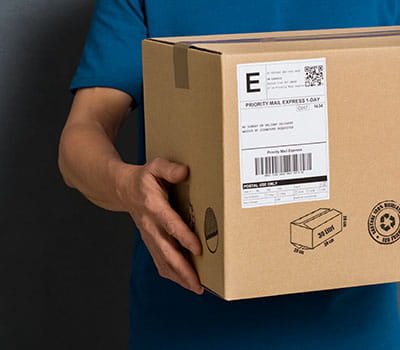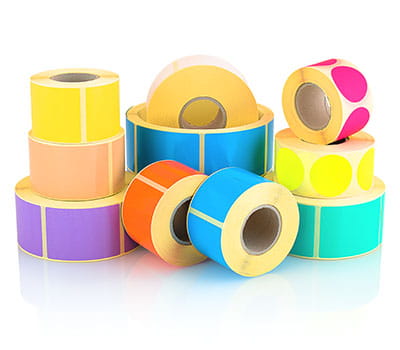DESIGN YOUR OWN LABELS
Common questions are “How do I design my own label?” or “How do I generate barcodes?”
Depending whether your label has colour requirements, such as a pre-printed logo, you can either create your own label entirely by yourself using BarTender labelling software or get a pre-printed label from your label maker and then overprint your variable data. BarTender is essentially like "Word" for label printing, where you can easily create your own barcodes and text input fields – download your free trial here.
EASY WAYS TO SAVE ON LABEL COSTS
There can be many hidden costs in label production - the best way to save is to understand label basics or partner with a label maker who shares information.
Labels essentially come in two variations – paper or synthetic based labels (then with thermal direct or thermal transfer variations) with various finishes or varnishes available.
| |
LABEL MATERIAL |
| |
PAPER |
SYNTHETIC |
| Characteristics |
Economic option, may degrade when exposed to moisture or torn under friction. |
Higher cost option, permanent label solution even when exposed to harsh conditions. |
| Applications |
Freight labels, food or produce labels, retail labels, office labels, warehousing labels and more. |
Medical labels, chemical labels, wash-care labels, hazardous goods labels, asset tag labels and more. Suitable for refrigeration. |
| Additional finishes or varnishes |
Available in rough paper stocks through to smooth machine coat options with matte, semi-gloss or gloss finishes. |
Available in various plastics such as Vinyl through to transparent stocks in matte, semi-gloss or gloss finishes. Most labels cannot be torn such as PET or PPE. |
THERMAL TRANSFER VS THERMAL DIRECT
If you require short term identification, such as freight labels, Direct Thermal labels will be best for you (and are most cost effective!). Where longer identification is needed such as chemical manufacturing labels, Thermal Transfer labels are more suitable.
Check out our blog on “Thermal Transfer versus Thermal Direct – which is better?” to understand more and help make the best decision for you.







